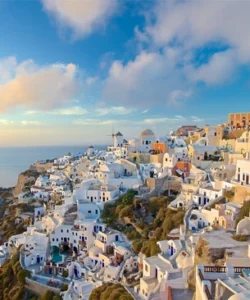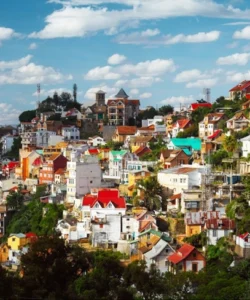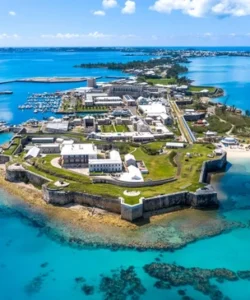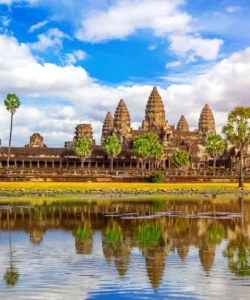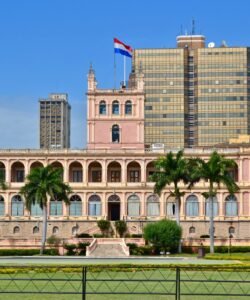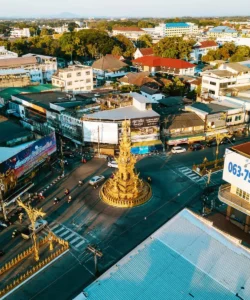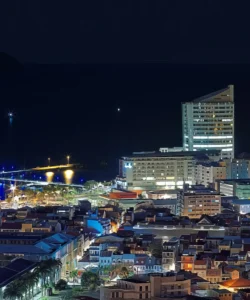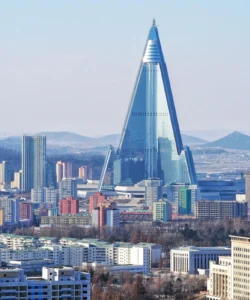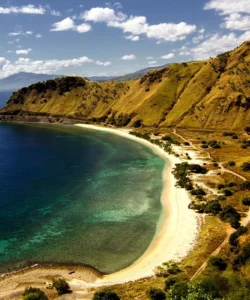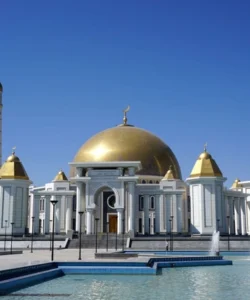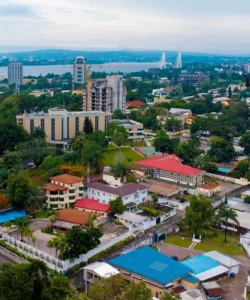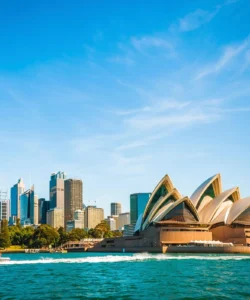Brazil is the largest country in both South America and Latin America, encompassing a vast area with incredible geographical and cultural diversity, from the Amazon Rainforest to vibrant metropolises and stunning coastlines.
Listen to an introduction about Brazil
![]()
Area and Population:
Brazil covers an immense area of approximately 8,515,767 km² (3,287,956 sq mi). It is the fifth-largest country in the world by area. Its population is estimated to be around 207.8 million inhabitants (as of 2024), making it the seventh most populous country globally.
Language:
The official language of Brazil is Portuguese. While there are many regional accents and dialects, it is universally understood. Various indigenous languages are also spoken by different tribal groups, particularly in the Amazon region.
Currency:
The currency of Brazil is the Brazilian Real (BRL).
Religion:
Brazil is predominantly Christian, with Catholicism being the largest denomination, a legacy of Portuguese colonization. Protestantism has grown significantly in recent decades, and there are also followers of Afro-Brazilian religions (like Candomblé and Umbanda), Spiritism, and other faiths, reflecting the country’s diverse cultural influences.
Capital:
The capital city of Brazil is Brasília, a unique, purpose-built city inaugurated in 1960. It is renowned for its modernist architecture and urban planning, designed by Oscar Niemeyer and Lúcio Costa, and is a UNESCO World Heritage site.
Major Cities:
Brazil boasts numerous large and influential cities:
- São Paulo: The largest city in Brazil and the largest in the Southern Hemisphere, a global metropolis and major financial and cultural hub.
- Rio de Janeiro: Famous for its stunning natural setting, iconic landmarks like Christ the Redeemer and Sugarloaf Mountain, vibrant Carnival, and beautiful beaches.
- Salvador: The first capital of Brazil, known for its rich Afro-Brazilian culture, colonial architecture, and lively music scene.
- Belo Horizonte: An important industrial and cultural center in Minas Gerais state.
- Fortaleza: A popular coastal city in the northeast known for its beaches and vibrant nightlife.
- Manaus: A major city in the heart of the Amazon, a gateway for jungle tours and the site of the impressive Amazon Theatre.
Attractions and Wonders:
Brazil is home to an extraordinary array of natural wonders and cultural attractions:
- Amazon Rainforest and River: The largest rainforest and river system in the world, a colossal biodiversity hotspot offering unparalleled opportunities for eco-tourism, wildlife viewing, and cultural immersion with indigenous communities.
- Iguazu Falls (Foz do Iguaçu): A spectacular series of waterfalls on the border with Argentina, one of the most breathtaking natural wonders on Earth.
- Christ the Redeemer (Cristo Redentor): An iconic Art Deco statue overlooking Rio de Janeiro from Corcovado Mountain, a global symbol of Brazil.
- Sugarloaf Mountain (Pão de Açúcar): Another famous landmark in Rio, offering panoramic views of the city from its summit, accessible by cable car.
- Copacabana and Ipanema Beaches: World-famous beaches in Rio de Janeiro, known for their vibrant atmosphere and beautiful scenery.
- Pantanal: The world’s largest tropical wetland, a prime destination for wildlife viewing, especially jaguars, caimans, and diverse birdlife.
- Lençóis Maranhenses National Park: A unique desert landscape in Maranhão state with vast shifting sand dunes interspersed with crystal-clear freshwater lagoons that fill during the rainy season.
- Historic Center of Salvador: A UNESCO World Heritage site, famous for its colorful colonial architecture, Pelourinho district, and strong Afro-Brazilian heritage.
- Historic Towns of Minas Gerais: Ouro Preto, Mariana, and Tiradentes are UNESCO World Heritage sites known for their well-preserved Baroque colonial architecture and rich history.
- Chapada Diamantina National Park: A stunning national park in Bahia, known for its table mountains, caves, waterfalls, and hiking trails.
Architecture:
Brazilian architecture is incredibly diverse, reflecting its long history and various influences:
- Colonial Architecture: Prevalent in historic cities like Salvador, Ouro Preto, and Paraty, characterized by Portuguese Baroque styles, often featuring ornate churches, colorful facades, and cobblestone streets.
- Modernist Architecture: Brazil is a world leader in 20th-century modernist architecture, particularly through the works of Oscar Niemeyer, Lúcio Costa, and Roberto Burle Marx. Brasília is the prime example, but significant modernist buildings can also be found in São Paulo and Rio de Janeiro.
- Contemporary Architecture: Modern urban development showcases a range of contemporary styles, often incorporating local materials and sustainable designs.
- Indigenous Architecture: Traditional indigenous constructions, especially in the Amazon, like malocas (communal longhouses), reflect unique building techniques adapted to the environment.
Roads:
Brazil has an extensive network of roads, though their quality varies significantly. Major highways connect the largest cities and regions, but many secondary roads, especially in remote or rural areas, can be unpaved or poorly maintained. The sheer size of the country means long distances between destinations. Bus travel is a very common and affordable way to get around.
Hotels:
Brazil offers a vast array of accommodation options to suit all budgets and preferences. In major cities like São Paulo and Rio de Janeiro, you’ll find luxury international chain hotels, boutique hotels, business hotels, and numerous hostels. Along the coast, there are resorts and pousadas (guesthouses). In the Amazon and Pantanal, eco-lodges provide immersive experiences.
Restaurants and Cuisine:
Brazilian cuisine is as diverse as its population and geography, a delicious fusion of indigenous, African, and European influences.
- Key Dishes:
- Feijoada: The national dish, a hearty stew of black beans with various cuts of pork and beef, typically served with rice, farofa (toasted cassava flour), collard greens, and orange slices.
- Churrasco: Brazilian barbecue, featuring various cuts of meat grilled to perfection, often served rodízio-style (all-you-can-eat skewers).
- Moqueca: A flavorful fish or seafood stew cooked in coconut milk, palm oil (dendê), and spices, particularly popular in Bahia and Espírito Santo.
- Acarajé: A popular street food from Bahia, deep-fried black-eyed pea fritters filled with shrimp, vatapá (shrimp paste), and other delicious toppings.
- Pão de Queijo: Delicious cheese bread, a popular snack or breakfast item.
- Brigadeiro: A popular chocolate truffle-like dessert.
- Coxinha: Shredded chicken wrapped in dough, battered, and fried, a common savory snack.
- Açaí: A superfood berry often served as a frozen bowl with granola and fruit, particularly popular for breakfast or as a refreshing treat.
- Restaurants: From world-class fine dining in São Paulo and Rio de Janeiro to traditional churrascarias, vibrant street food markets, and humble local eateries (botecos and lanchonetes), Brazil offers an incredible culinary journey. Each region also has its unique specialties.

